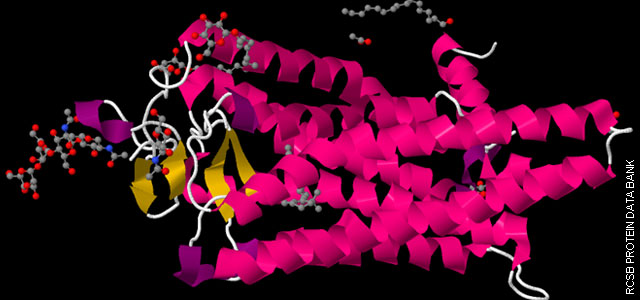
and 3D structure, thus the Protein Structure Initiative (PSI) was established in 2000 by the National Institutes
of General Medical Sciences with the long-term goal of providing 3D structural information for most proteins in nature.
numbers of structures using insights from the first phase and the 3rd phase aims to expand the role of the
3D structure in biological research.
as ‘Distinct Structures’, deposited into the Protein Data Bank (PDB). By 2005 deposits of more than 3,000 Distinct
Structures into the PDB and by 2011 there were 5,000 3D protein structures.
domains likely to have similar structures and possibly similar biochemical functions and that may be used as
models of thousands of homologous proteins. This PSI structural database is also being used for testing new
methods for protein structure prediction and automated data analysis.
fashion, in which intermediate results, protein expression systems and protocols, protein structures, and new
technologies are made available to the community as soon as the data and/or methods are deemed to be reliable.